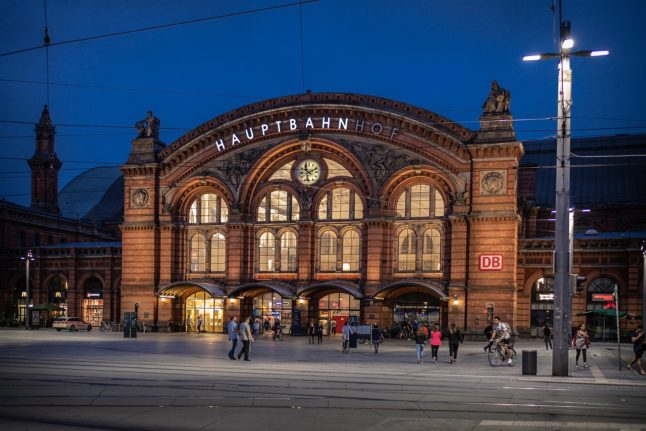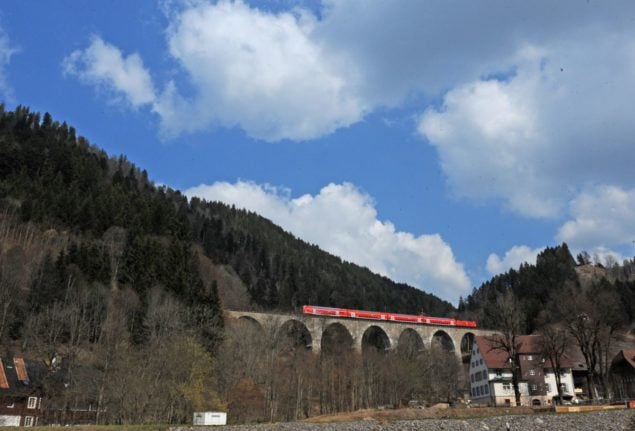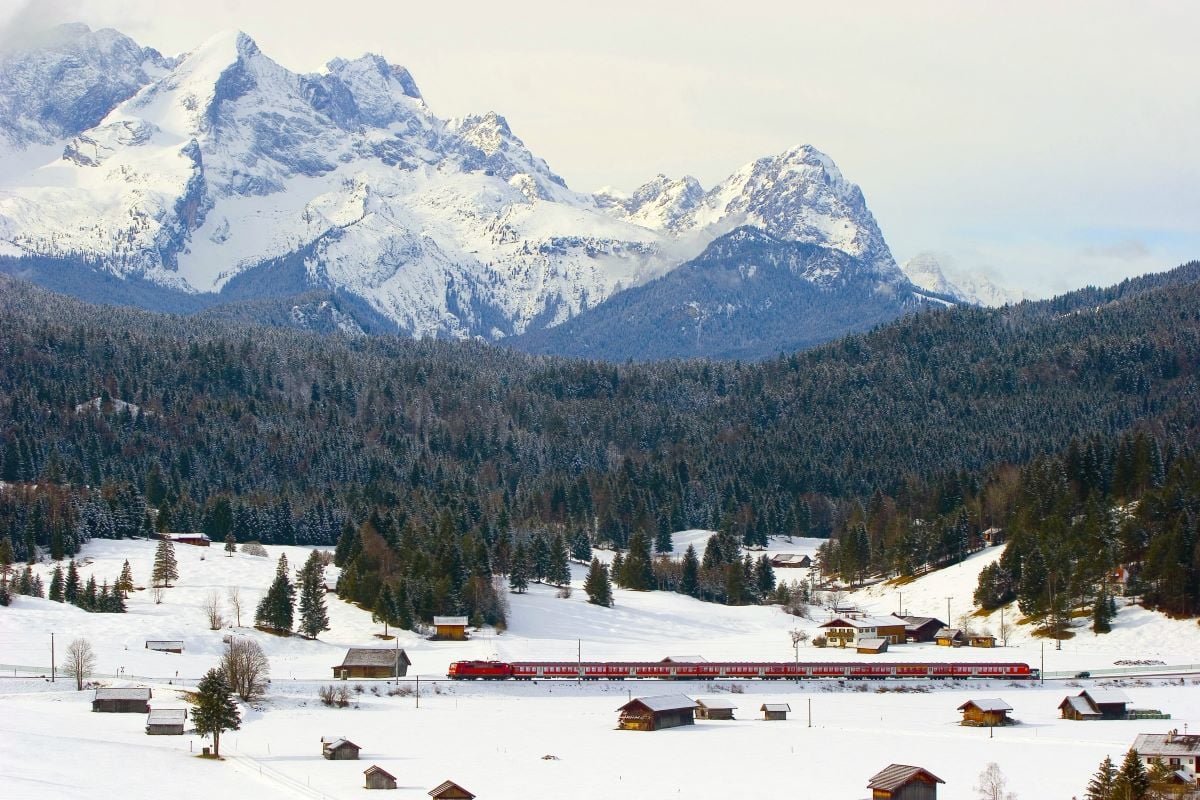The report, ‘The European Railway Station Index 2023‘ by advocacy group the Consumer Choice Center looked at a combination of facility quality, ease of use and traffic management (including delays) when assigning a score.
This year, it has a German entrant in every position of their five ‘worst stations’.
Bremen’s central train station takes the bottom slot, with thirty nine points. Despite the station’s gorgeous Neo-Gothic appearance, a lack of facilities and ease of use for passengers led to its low score, in comparison with other cities.
Munich’s beleaguered München-Pasing S-Bahn station, which has been the subject of much criticism for its relatively slow pace of modernization since the 1970s, took the second-worst slot. It scored 52 points.
The other three stations on the top five ‘worst’ list were all metropolitan stations located in Berlin: Zoologischer Garten, Berlin-Gesundbrunnen and Ostkreuz. Each scored 54 points.
Fortunately, Berlin’s central station also featured in the top five, taking the third slot at 94 points – the only German inclusion in the five ‘best’ stations. The only two stations to score higher were Vienna (94 points) and in top position, Zurich (104 points).
Stuttgart’s train station, that has spent the last decade as a building site due to the controversial Stuttgart 21 project, placed in position 37 out of 50 – surprisingly high, considering the criticism that long temporary passenger walkways have generated.
Interestingly, the report places the blame on commuter subsidies for the dismal placing of German train stations.
“The main culprit is Germany’s railway subsidy program. Authorities meant to encourage trains instead of cars with a nine-euro ticket for all regional transport in 2022. What the subsidy has managed to do thus far, however, is increase the rate of rural train journeys dramatically past the capacity of smaller train stations”, the report states.
“The damage to smaller stations and local commuters has already been done. Far from a positive example, the subsidy has led to more congestion, longer waiting times, and mounting frustration from German consumers.”
Earlier this year The Local reported on the results of an Alternative für Deutschland information request in the Bundestag, on how dangerous Germany’s train stations are. None of the stations included in the Consumer Choice Report featured among those named. Hamburg was found to be the most dangerous in the country, followed by Hanover and Nuremberg.
Do you agree with the report? What are your ‘worst’ train stations in Germany? Share your views in the comments section below.





 Please whitelist us to continue reading.
Please whitelist us to continue reading.
Please! Railway Stations not Train Stations. Get your English correct.
Must agree, Germany is majorly overrated in terms of efficiency, modernity and productivity. They don’t get things done anymore, getting complacent forgetting the hard times which made them strive to improve and make the “made in Germany” a brand. The enormous bureaucracy where many businesses still have to provide physical paper instead of digital files (which is often directly provided by cloud services and hence very reliable) makes it even more archaic and frustrating.
Please ignore the comment from Derek Hall… “Train station” is perfectly correct in modern, international English. Keep up the good work guys!